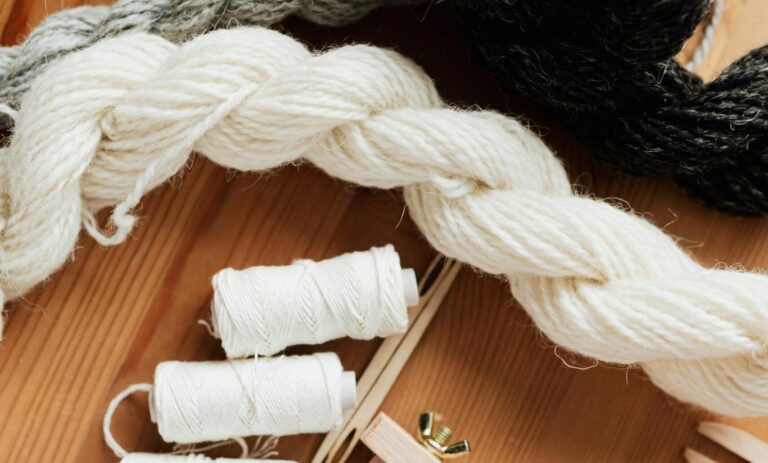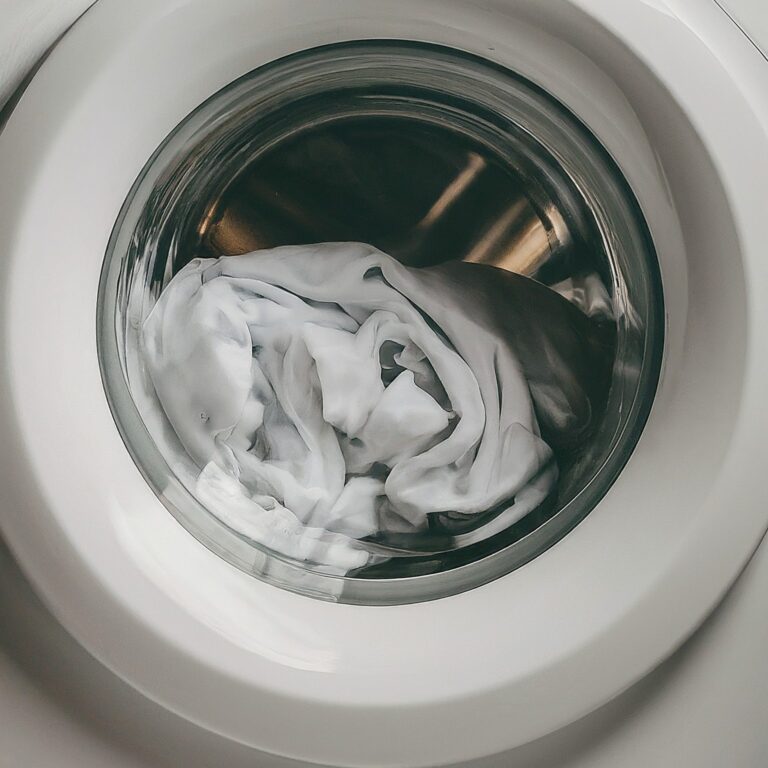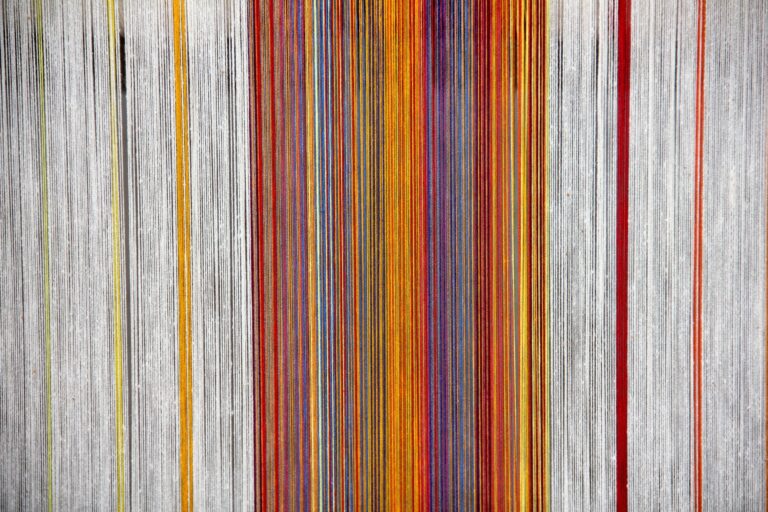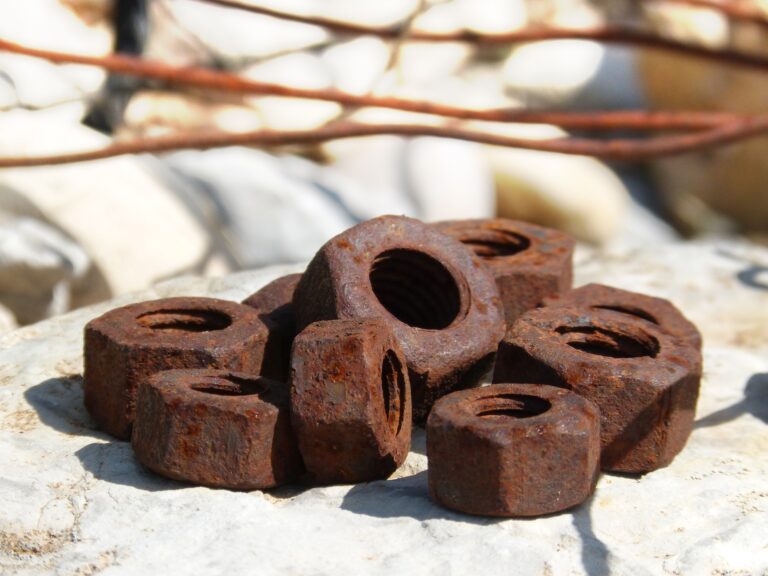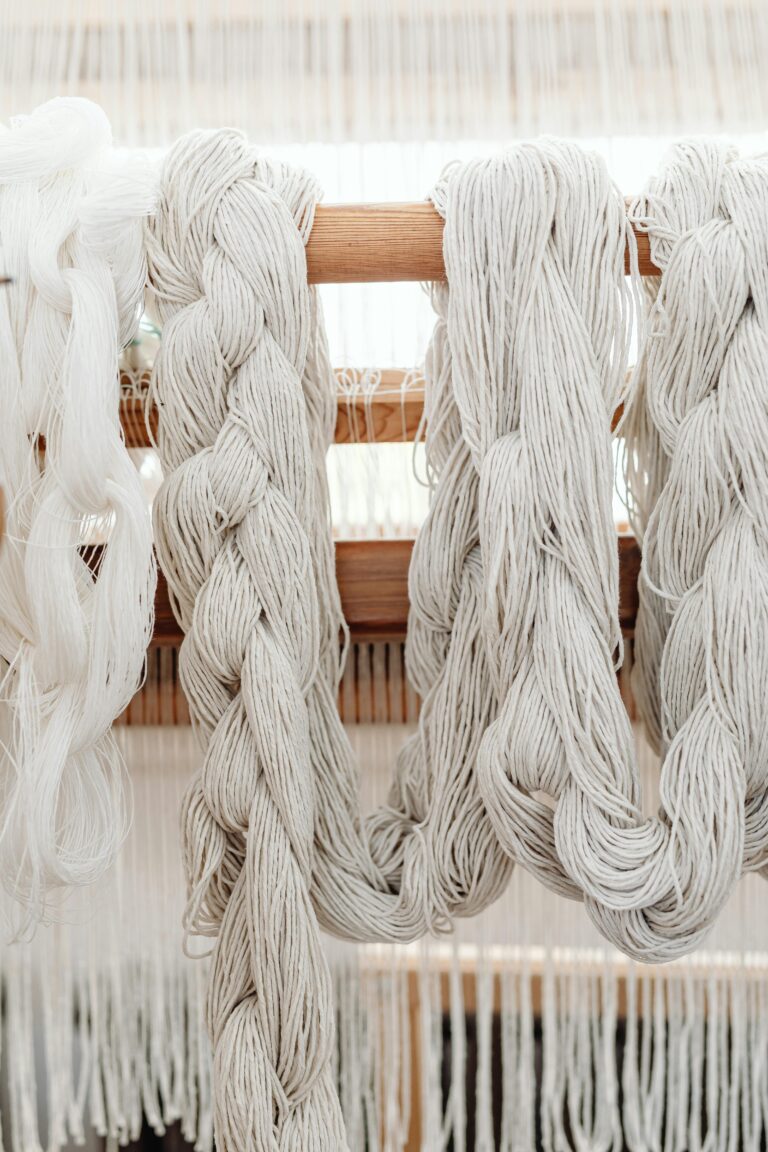Scouring Protein fibres-The start of the natural dyeing process

In this post we look at ways to use scouring (wash) on your protein fibres to get them ready for Natural Dyeing.
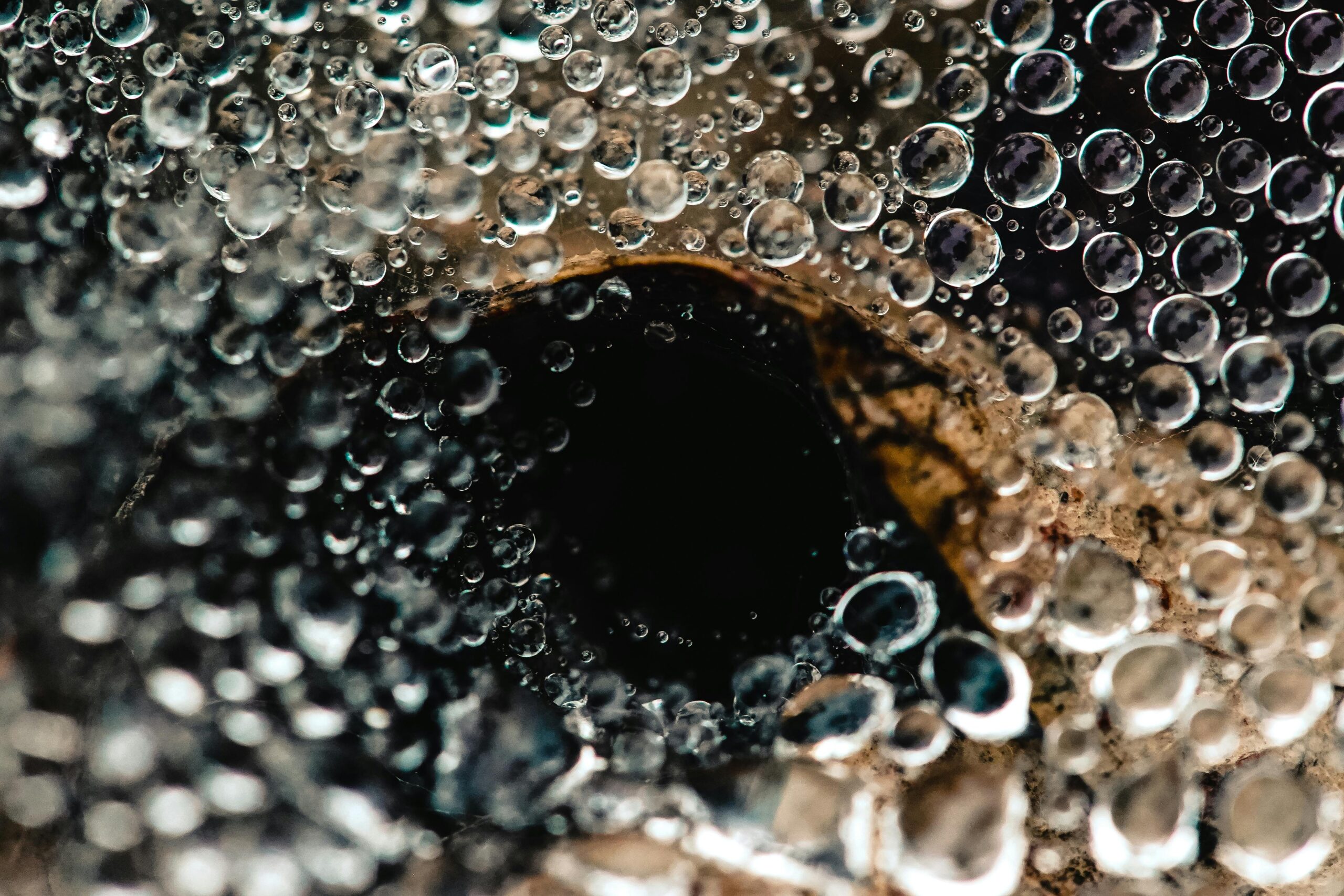
Washing your fibre is the first stage of your fibre preparation for any natural dyeing. The technical term is scouring and is slightly different depending on whether you are going to dye protein or cellulose fibres.
In this post we are going to look at protein fibres. This includes all fabrics made from animals. Such as wool, silk, goat, alpaca, lama etc etc. Animal fibres are on average easier to dye, which is the reason that I tend to experiment with dye stuff on wool first, and then move onto to the other fibres.
Protein Fibres
Scouring Protein fibres is a little easier than cellulose fibres but still very necessary. Even if you purchase wool, clean and unprocessed, it will naturally have lanolin in it. This is what stops the sheep from getting wet. It naturally repels water and will also repel your dye.
The main thing to avoid while scouring your fibre, is to not make any sudden temperature changes. Putting your wool in a hot tub, will start the felting process, and make your fibre shrink and clump together.
You should also take care not to agitate your fibre in the water too much. This will also start the felting process. Always make sure you use gentle squeezing motions while cleaning.
When washing your fibre both before or after the dyeing process, you should always use a gentle soap. You do not want a harsh detergent that will leave chemicals, that will later wash out your dye. Something like olive oil or goats milk soap will work effectively, while being much gentler on your fabric.
I personally don’t use heat while washing my wool or silk, and so far have had no problems with dyeing. Everybody’s wool however may be different and have different things added during processing , so if you are getting streaky results in your dyeing, try putting your fibre and detergent in a pot for half an hour. Keep the water temperature at a simmer. This will replace the second stage of the process below. Do not let the water boil.
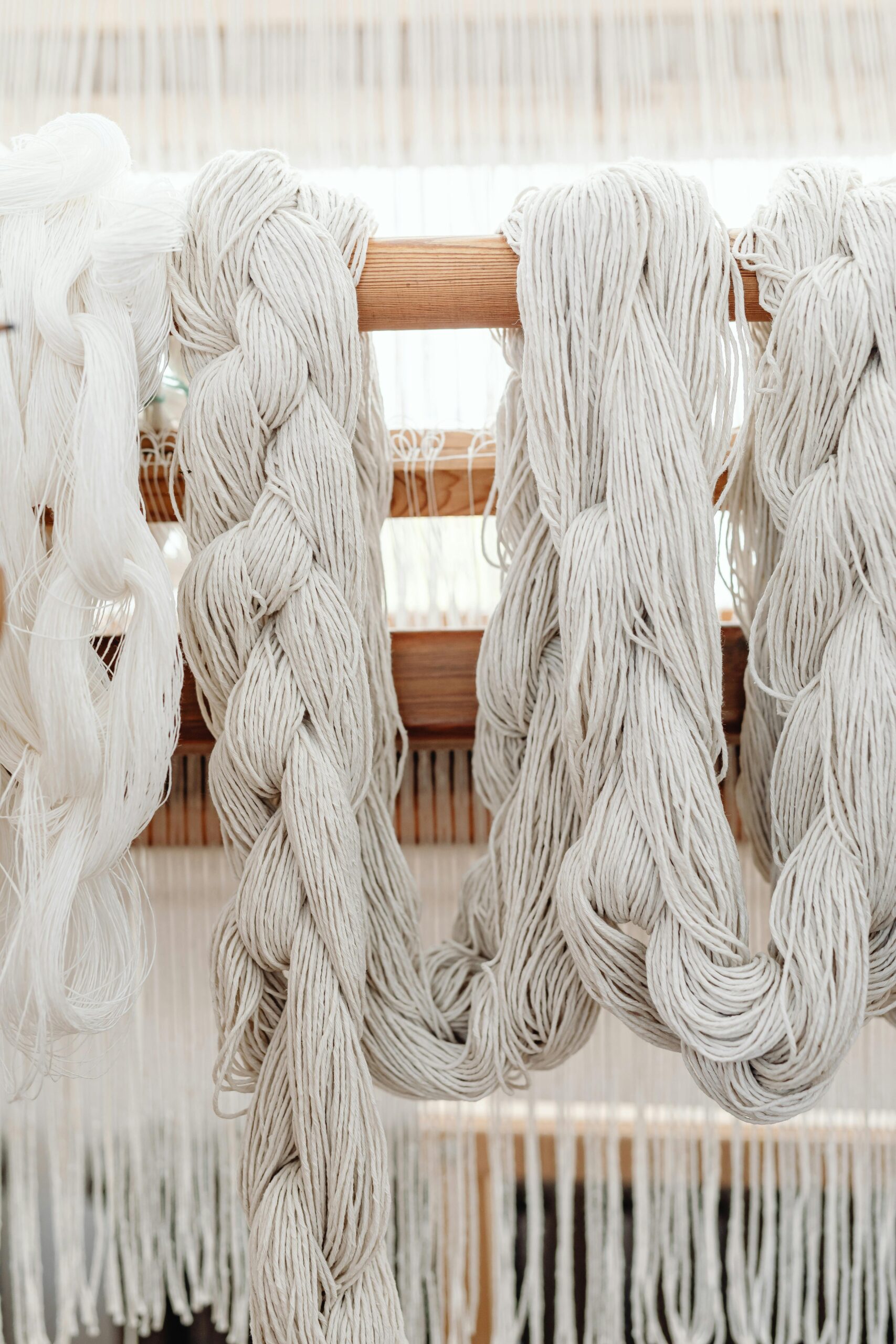

Step 1: Soak bath
We need to soak the fibre first, before we do anything else. This will help the cells to open up and be receptive to the washing up detergent.
Fill a large bowl or saucepan with warm water (room temperature), making sure that the fibre will not go through any sudden temperature changes. Make sure there is enough room for the fibre to move freely.
Add your fibre gently into the water. If you are washing wool, you may need to gently squeeze the air out of the fibres (while underwater) to stop it from floating on the surface.
Leave for at least 15 min.
Step 2: Wash Bath
Take your fibre out ( gently squeezing the excess water) and make another bath as above. This time add some gentle soap to the bath, before placing your fibre back in.
Leave for at least 30min though preferably longer.
Step 3: Rinse Bath
Take your fibre out ( gently squeezing the excess water out) and repeat step 1, allowing it to rest for at least 30 min. You can give the fibre a few gentle squeezes to help get the soap suds out. If your fibre still looks soapy you can give it an extra rinse bath until it looks clean and clear.
After washing your fibre you can move straight on to mordanting or leave to dry for a later date. If you are re wetting your fibres for mordanting later, leave them in the water for at least 15 minutes. This allows the cells in your fibre to open up and accept the mordant much easier. As with the earlier processes, you will need to gently place the fibre in room temperature water and gently squeeze out any air bubbles. You do not want to agitate the wool too much as it may cause it to felt.
Join us on Instagram www.instagram.com/DyetoCraft
Etsy Shop Now open
If you like the idea of using organic naturally dyed threads in your craft but just don’t have the time, come and have a look at our Etsy Shop where you will find an array of beautiful colours provided by nature.

